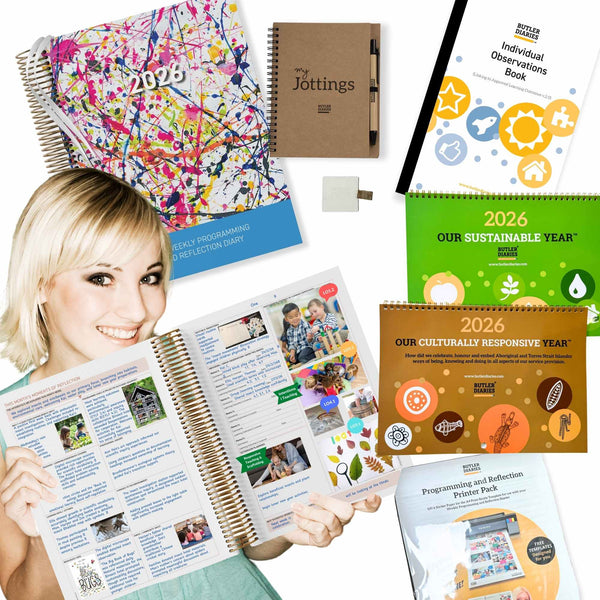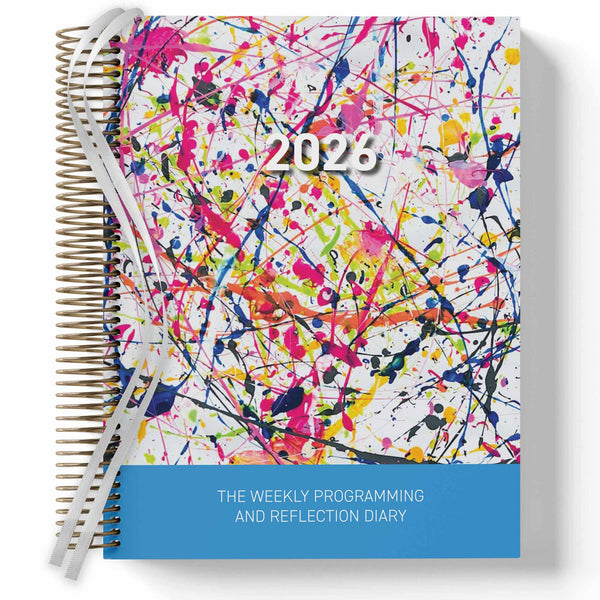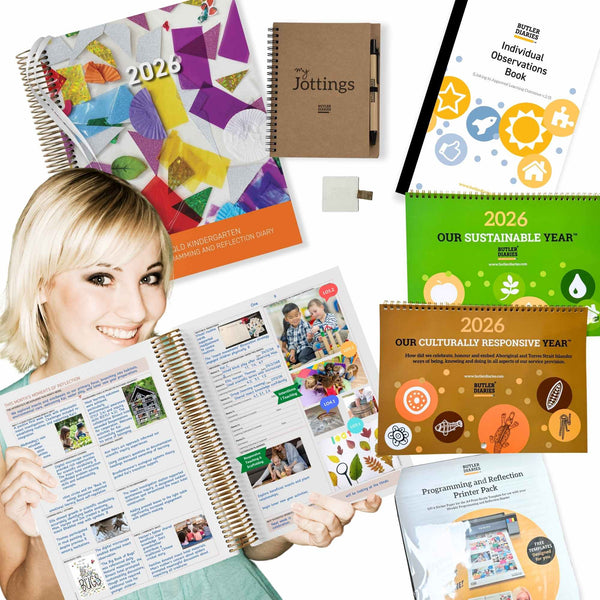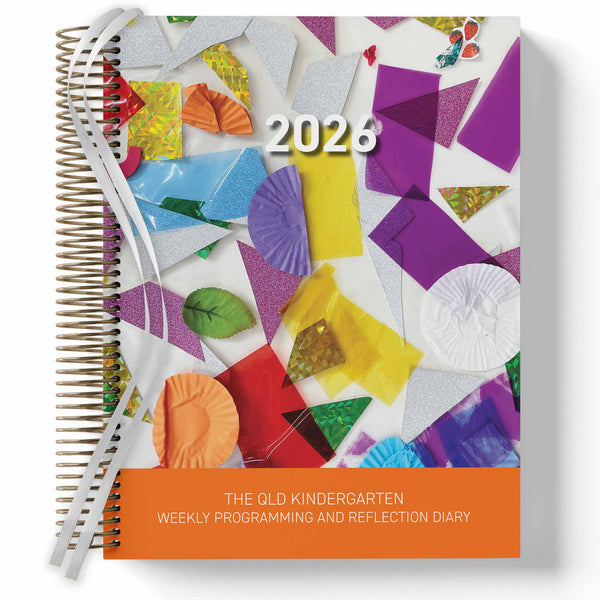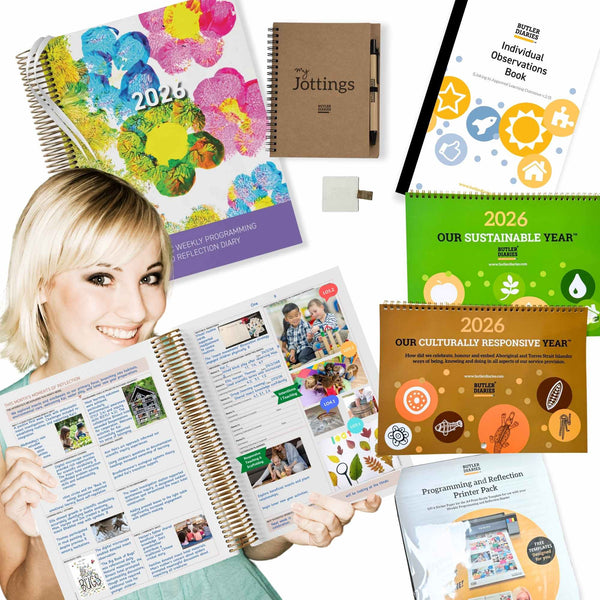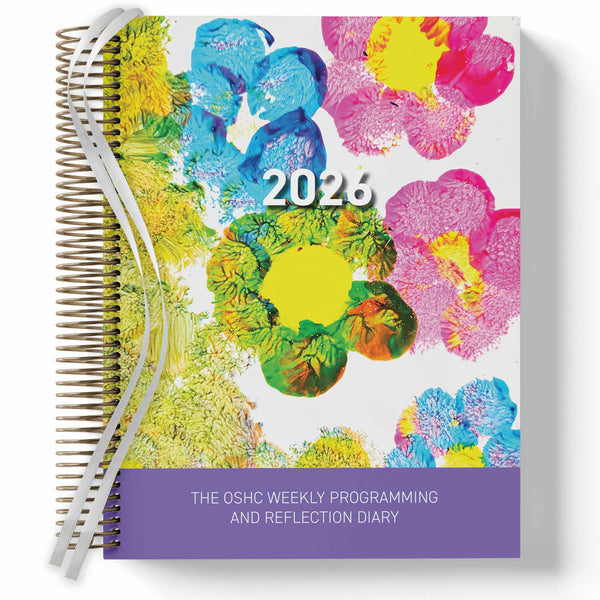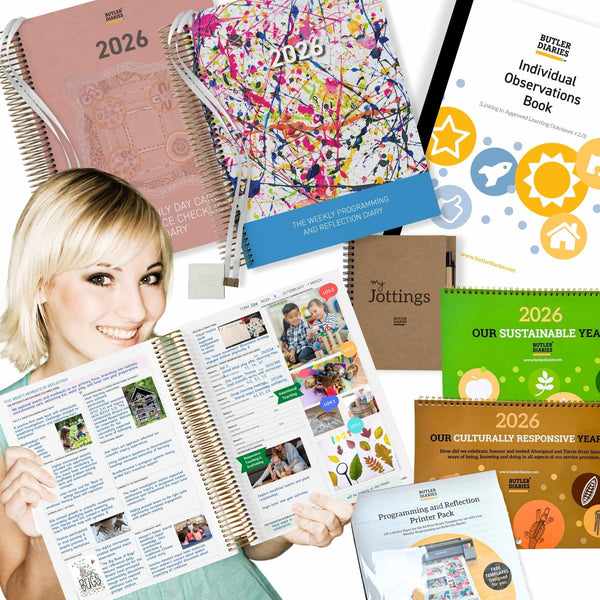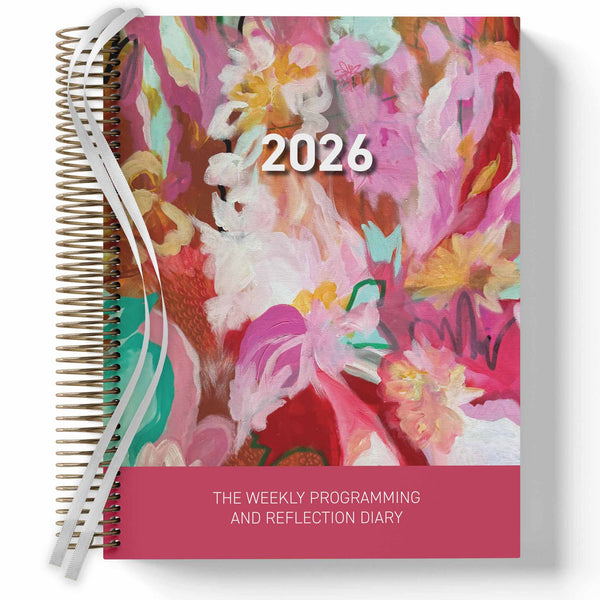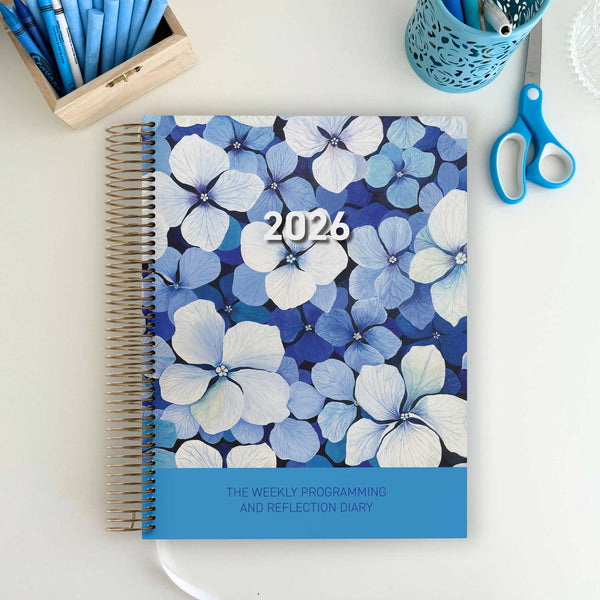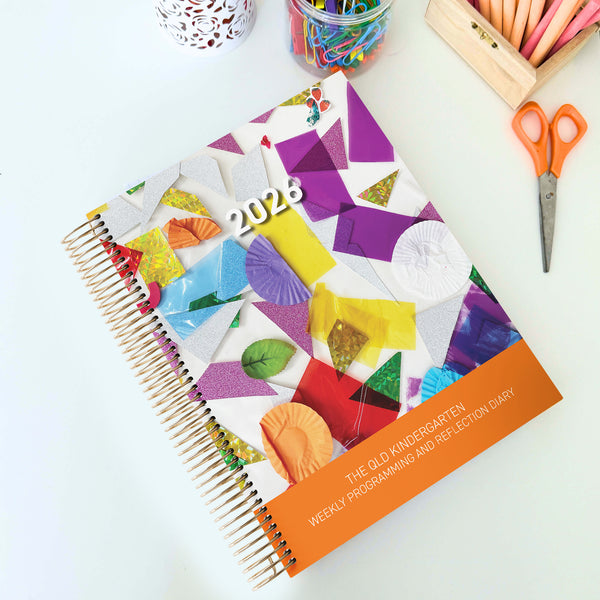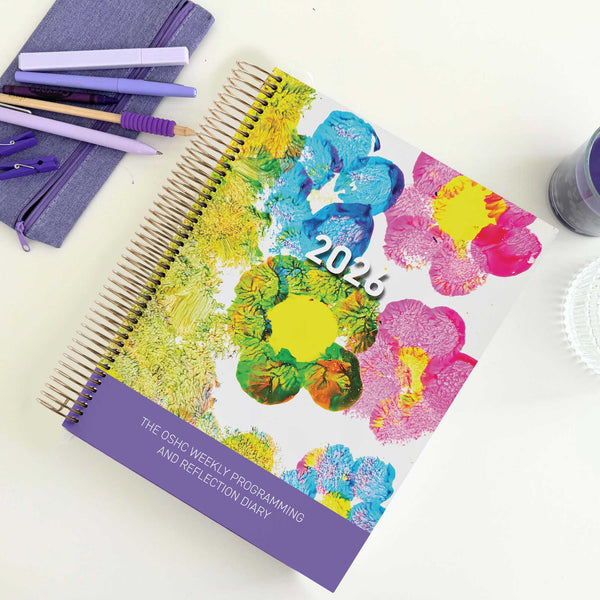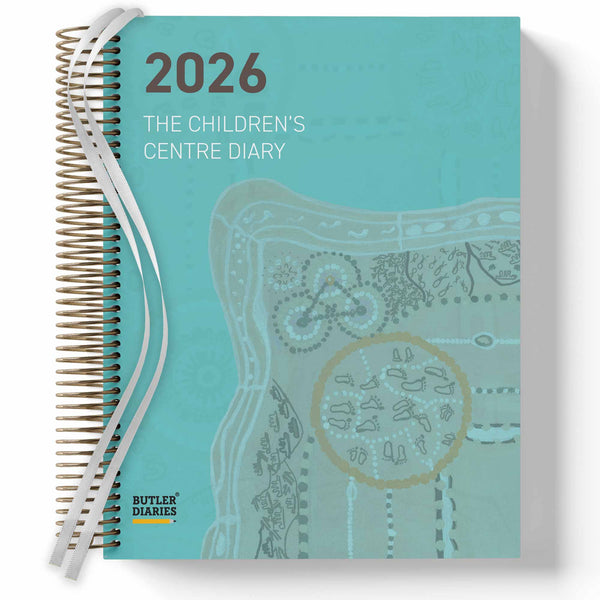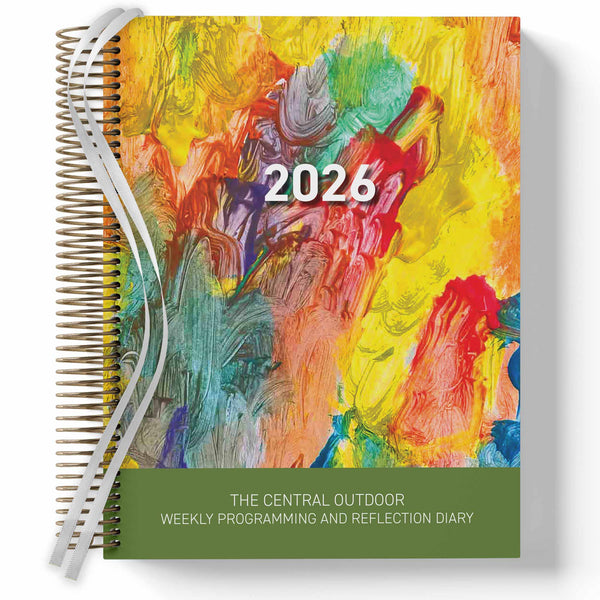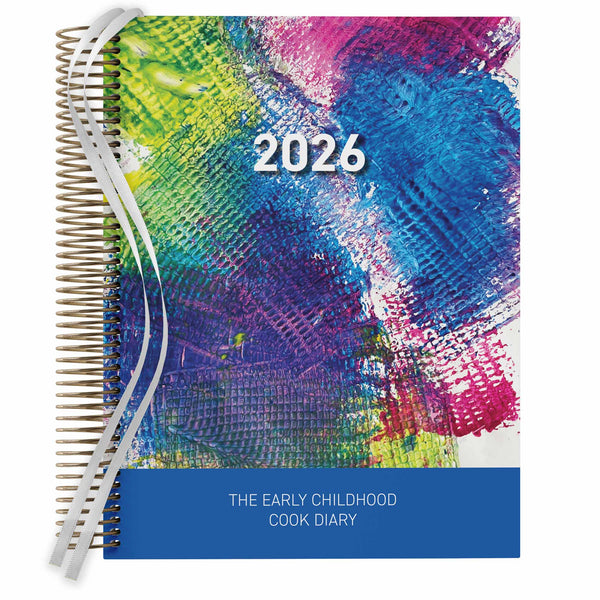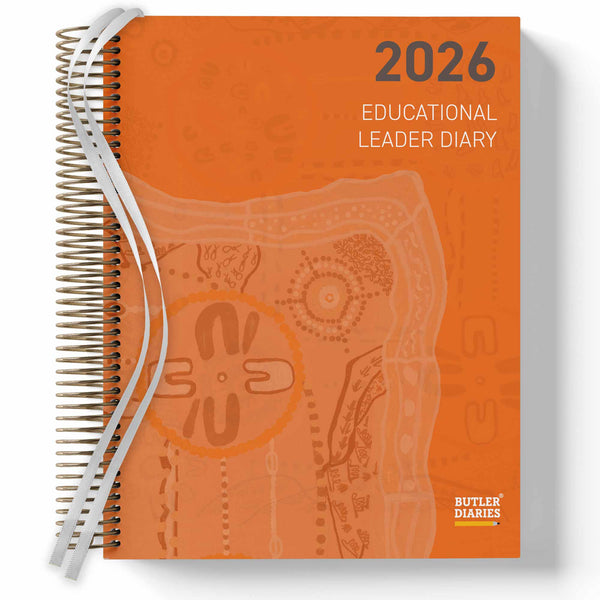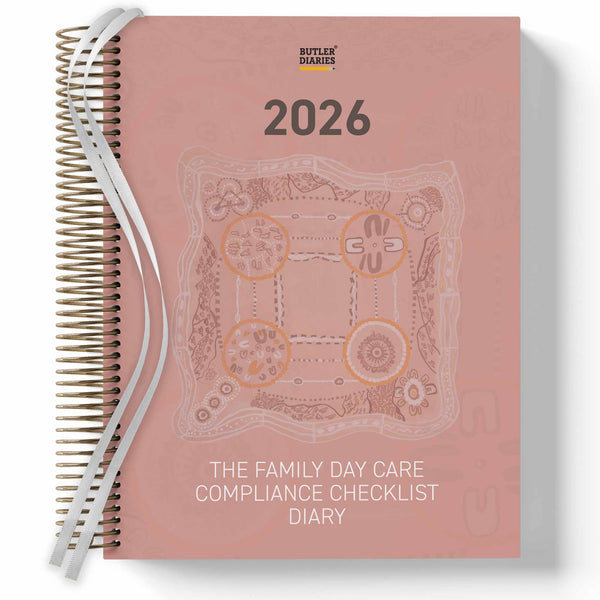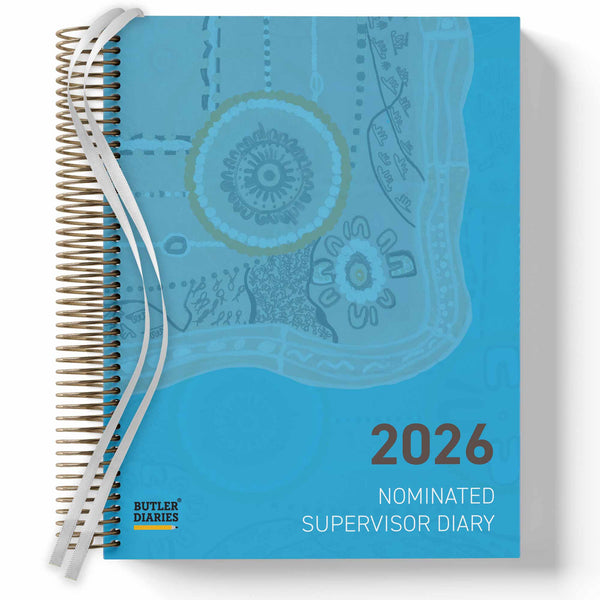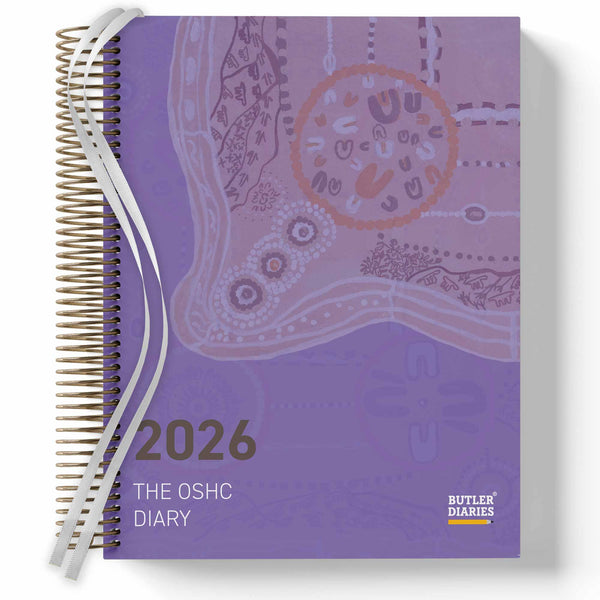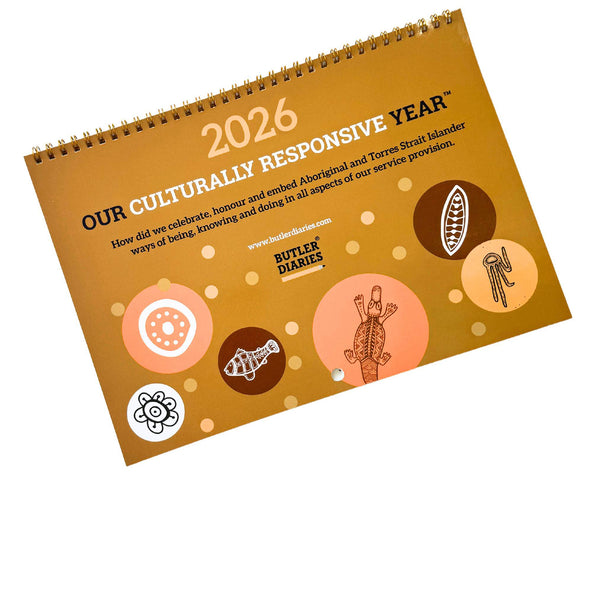The use of praise is a familiar strategy for reinforcing positive behaviour and encouraging effort. Yet, as educators, we are often reminded of the profound impact our words can have on children’s self-perception and motivation. While a simple “Good boy” or “Good girl” might seem harmless, research and experience suggest that it’s time to rethink how we use praise to support children’s development effectively.
The Downside of Generic Praise
Phrases like "Good job!" or "Well done!" are often used with good intentions but can fall short in fostering genuine growth and intrinsic motivation. Generic praise focuses on the child as a whole rather than their specific actions or efforts. This can unintentionally teach children to seek validation externally, rather than developing their own internal standards for success.
For example, telling a child they are a "good boy" for tidying up might convey the message that their worth is tied to meeting the expectations of adults. Such language risks oversimplifying complex actions and emotions while discouraging critical thinking and self-assessment.
The Power of Specific Feedback
Effective praise, on the other hand, hones in on the process, effort, and specific actions taken by a child. Instead of saying, “Good girl for sharing,” you might say, “I noticed how you shared your pencils with your friend so everyone could participate in the activity. That was very thoughtful.” This approach encourages children to reflect on their behaviour and its impact, cultivating empathy and problem-solving skills.
Process-oriented praise also aligns with growth mindset principles. By focusing on effort and strategies rather than fixed traits, we can help children view challenges as opportunities for learning. For instance, instead of saying, “You’re so smart,” consider, “You worked really hard on that puzzle, and it shows in how you figured it out.” This shift can build resilience and a love of learning over time.
Creating a Culture of Meaningful Praise
Moving beyond generic praise requires intentionality and practice. Here are some strategies to implement in your service:
-
Be Specific: Highlight particular actions or efforts, such as, “I saw how you carefully listened to your friend’s ideas and added your own.”
-
Acknowledge Effort: Recognise the process a child went through, like, “You really focused on building today, and it’s so tall.”
-
Encourage Reflection: Pose questions that prompt children to think about their actions, such as, “How do you think your teamwork helped the group complete the project?”
-
Value Contribution Over Compliance: Instead of framing praise around obedience, highlight the positive impact of their choices: “By cleaning up the art station, you made it easier for everyone to find their supplies.”
-
Model Self-Praise: Demonstrate how to appreciate one’s efforts. For instance, say, “I’m proud of how I stayed calm and solved that problem today.”
Aligning with Educational Frameworks
This approach to praise fits seamlessly within the Early Years Learning Framework (EYLF) and other educational standards that emphasise holistic development and critical reflection. By tailoring feedback to individual actions, educators can foster a sense of belonging, agency, and active participation in learning.
Final Thoughts
Rethinking how we use praise is a small but significant step toward creating an environment where children feel valued for who they are and inspired to grow. By focusing on effort, process, and impact, we help children build intrinsic motivation, resilience, and a deeper understanding of their abilities. Let’s move beyond “Good boy” or “Good girl” and embrace praise that truly empowers our learners.








